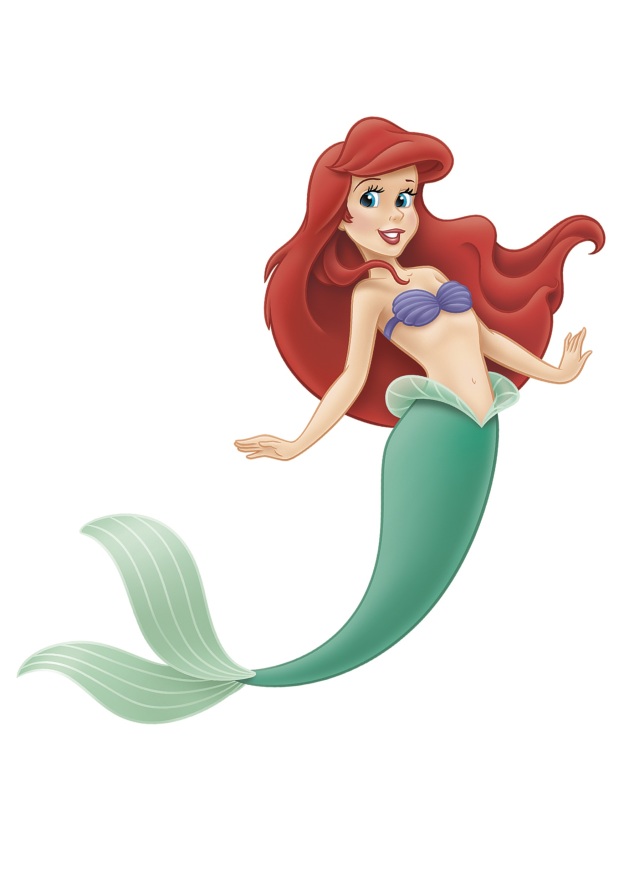“The Little Mermaid” premiered in 1989 to great acclaim. It was hailed as (in no particular order) the rebirth of the Disney animated musical, the renaissance of Disney animation studios, the return of the fairy tale to the big screen, and the first Disney movie to have a Princess who is self-motivated in her own story line. It was new and interesting. It was the first fairy tale that Disney has used that varied substantially from the source material, but no one seemed to mind. It was nominated for three Academy Awards and won three of them. By most standards it has absolutely been a success.
Ariel has entered the Princess pantheon, but from the beginning she has been controversial. She was less easily categorized as a damsel in distress, but she still needs to be rescued first by her father and then later by Prince Eric. Descriptions of her character ranged from “powerful and self-reliant” to “rebellious”. Many parents (moms particularly) complained about her lack of clothing, her disobedience, her running away, her lying, and the fact that she is ultimately rewarded for all of it by getting exactly what she wants. She also is willing to sacrifice everything she is in order to win the love of her Prince. She gives up her life, her family, her species, and her voice for Prince Eric who, in great Disney tradition, she met once. No matter how good the music is, this is not a positive message on any level.
There was a lot of potential in the character for something more. Ariel is a princess in her own right. She is not well-known for her beauty. Instead her defining characteristic in her under sea world is her singing talent. Prince Eric is first captivated by that talent. Then Ariel literally gives up her voice for a man. It should come as no great surprise that this movie performs poorly in these evaluations.
Bechdel test*: Interestingly enough for a movie with a female lead and a female villain, ‘The Little Mermaid’ does very poorly. The only conversation that Ursula and Ariel have in the entire movie is focused on Prince Eric and how Ariel can attract him. Ariel’s sisters talk about her to their father. They do not talk to Ariel or each other. Result: FAIL
Percent of words spoken by women**: 32%. There are a lot of named female characters in the movie. The main character is female and all of her six sisters have names, the castle housekeeper is named, the villain is female, and in spite of all that men speak the majority of the lines. This should came as no surprise when the title character is voiceless. A simple fix for both of these failures would have been to make at least one of Ariel’s three sidekicks female. To my thinking, making a female Flounder or Scuttle would have had no discernable effect on the plot.
*The Bechdel Test evaluates film based on whether there are at least two named women who talk to each other about something other than a man.
** The data comes from linguists Carmen Fought and Karen Eisenhauer, who have been working on a project to analyze all the dialogue from the Disney princess movies. The project was reported in The Washington Post by Jeff Guo.

Perfect, apt title for this blog. Note the creature/human is a mer-MAID.
LikeLike